Whether you hope to harvest 10 or 10,000 tomatoes, diseases like Late Blight, Early Blight and Septoria Leaf Spot are affecting your abundance every season here in the Northeast.
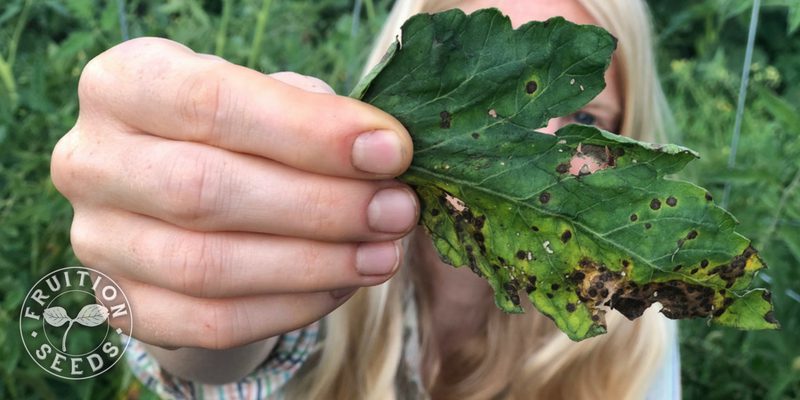
Here are the 5 keys to preventing tomato disease:
1. Start with disease-resistant seeds.
Sowing seeds with natural genetic resistance to these diseases is the single greatest thing you can do to increase your success whether you are an organic or conventional grower.
Often flavorful heirlooms have little disease resistance and modern varieties with tons of disease resistance have little remarkable flavor. There are exceptions though, and here are some:
Chiapas
Chiapas, a delicious heirloom tomato that shares the classic tomato genus but belongs to a separate species, so it has natural resistance to late blight, early blight and septoria leaf spot. Chiapas is always the first and often the final tomato we harvest each season, relentlessly abundant all season long.
Coyote
Similar to Chiapas, Coyote shares the classic tomato genus but belongs to a separate species with innate resistance to late and early blights as well as septoria leaf spot. Her flavor is rich honey tomato with well-balanced acids unusual in yellow tomatoes. Coyote’s earliness rivals Chiapas and her productivity is unparalleled.
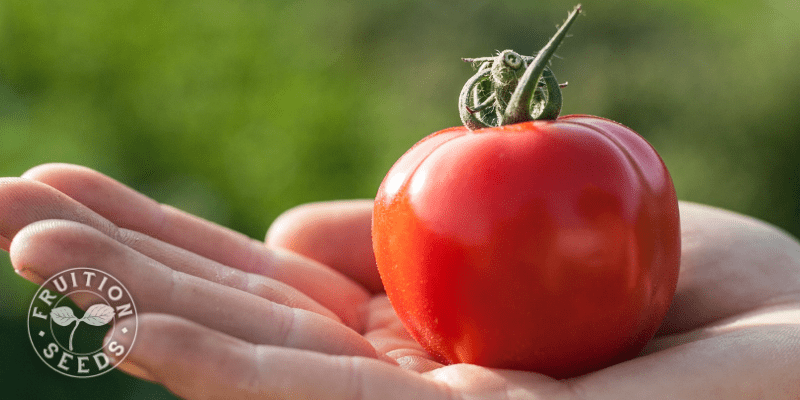
Summer’s Sweetheart
A brand new hybrid stuffing tomato, Summer’s Sweetheart has incredible resistance to Late Blight, Septoria Leaf Spot and tolerance of Early Blight and sweet, rich flavor.
How Lucky Are We (a side-note)
We are immensely fortunate here in the Northeast to have public plant breeders creating resilient varieties for our short seasons. One of these public plant breeders is Martha Mutschler-Chu developing disease resistant tomatoes at Cornell University.
In 2013, her variety Iron Lady became the first F1 hybrid variety with ‘triple resistance:’ actual resistance to Late Blight, Septoria Leaf Spot and tolerance of Early Blight. Though tasting better than a standard grocery store tomato in January, the lack of richness and depth of flavor left many growers still wanting better options.
In response, Martha crossed one of her triple-resistant tomato lines with twenty heirloom tomatoes to see how well triple resistance and flavor would pair in the resulting F1 Hybrid.
We found a pairing, indeed!
For years we’ve loved the soaring sweetness and crack resistance of Will Bonsall’s Gardener’s Sweetheart, a heart-shaped red cherry tomato that is exceptionally creamy. The resulting cross we call ‘Summer Sweetheart‘ (below), a large two-bite cherry tomato scrumptious in salads, a delight on kabobs, gloriously roasted and stuffed with mozzarella.



2. Increase Air Flow
Most diseases are caused by bacteria, fungi and viruses that need humidity to thrive. Increasing air flow decreases a pathogen’s ability to survive and spread.
a) Plant tomatoes a minimum of 2 feet apart
b) Keep weeds at a minimum: they can be vectors for disease and their presence decreases air flow
c) Trellis early & often to let air circulate throughout your plants. Trellising also encourages fruit to ripen more quickly and makes fruit easier to harvest.
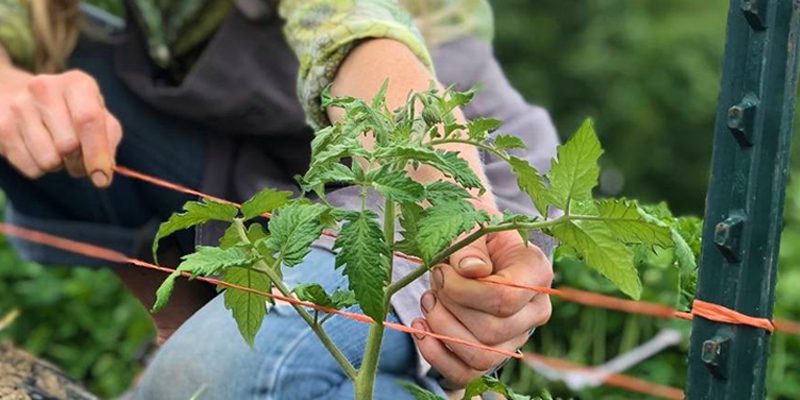

3. Minimize leaf humidity
Tomatoes need remarkably little water to thrive. Excess moisture helps disease spread more than any other factor. If you can help it, only water your tomatoes for 4-6 weeks after transplanting them. Even then, only water when the weather is hot and dry for days.
a) Only water the soil, not the leaves
b) Only water in the morning when excess leaf moisture has the greatest chance to evaporate in the heat of the day
c) Grow under plastic (greenhouse, high tunnel) when possible. Greenhouses offer more heat which will ripen more and earlier fruit than field tomatoes, in addition to reducing humidity to reduce the spread of disease.
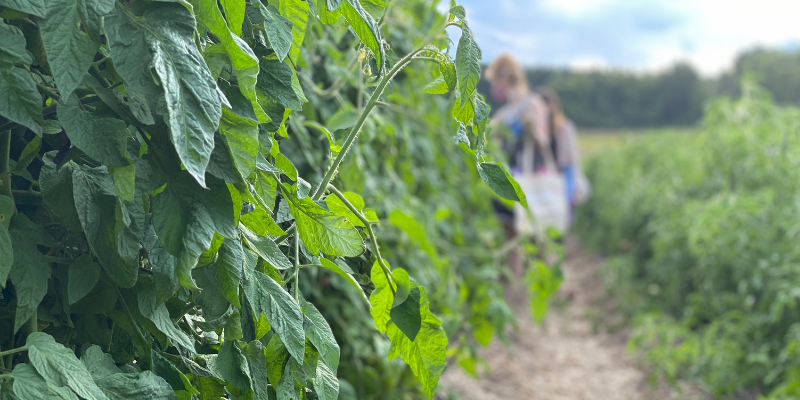
4. Mulch
Straw, black plastic and grass clippings are great mulch your tomatoes. You’ll:
a) reduce your need to water (tomatoes need less water than you think)
b) reduce risk of soil-borne diseases being splashed on your plants from rain or overhead watering.
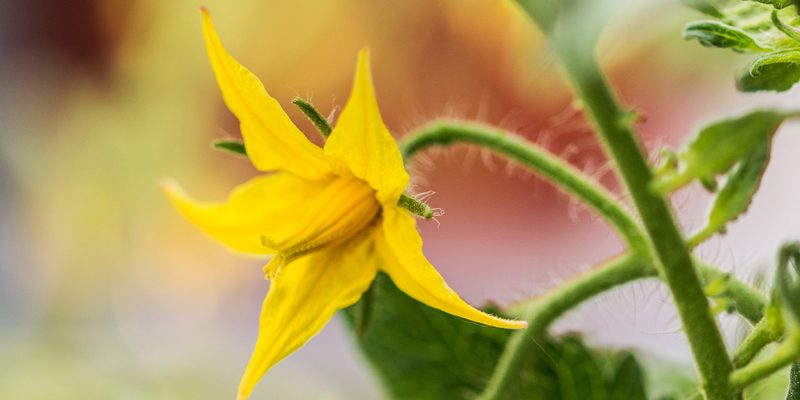

5. Scout for disease
Cultivate your inner garden detective! When you find colors and textures that seem suspiciously pathogenic:
a) Immediately identify by accessing Cornell and Fruition’s resources.
b) Remove infected leaves/plants accordingly. Be sure to clean your hands and sterilize your tools before returning to your garden.
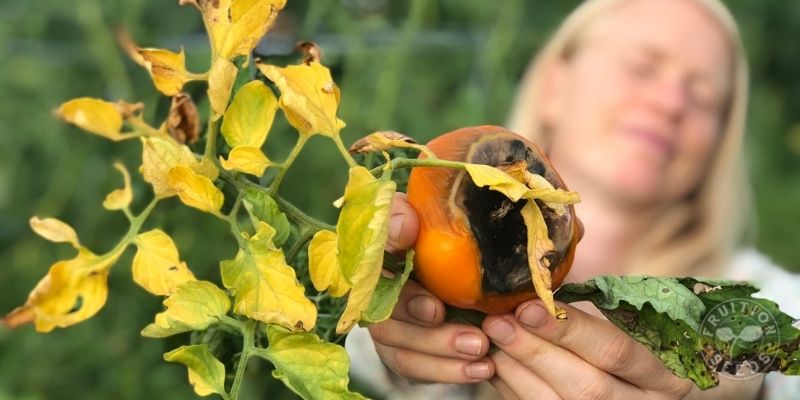

Which is all to say…
Growing tomatoes is one of the most rewarding crops to grow. ‘An ounce of prevention is worth a pound of cure’ is sage advice for any crop, but especially tomatoes. Be sure you set the stage for summer abundance with the seeds you sow.
Do you have any tricks that have increased your tomato harvests (or not) over the years? I can’t wait to hear them!
Sow Seeds & Sing Songs,


and the Many Beings of Fruition
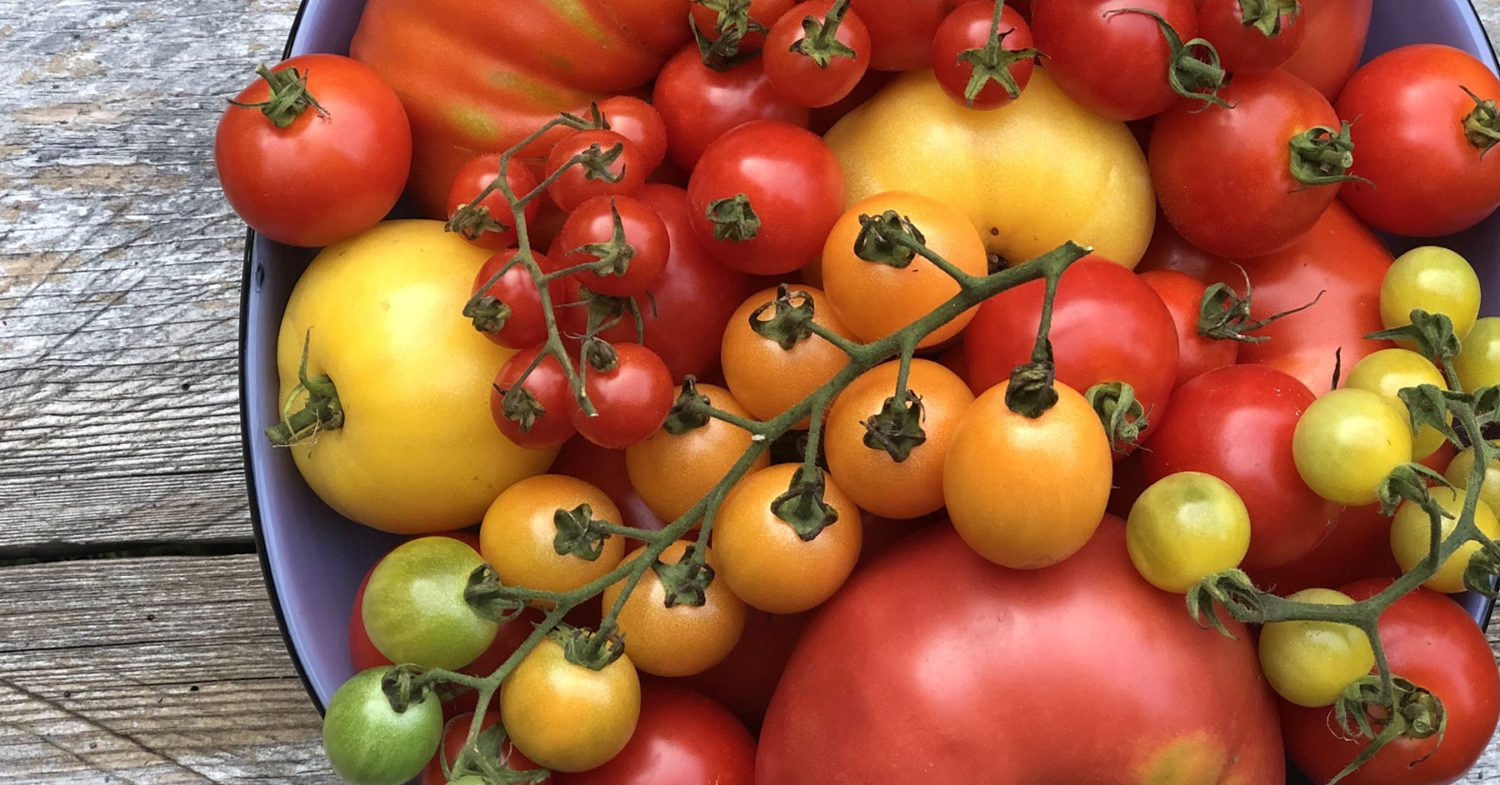

ps
Why F1 Hybrids?
It is essential to us that seeds and their genetic diversity remain unrestricted. You may have noticed that Summer’s Sweetheart is the only F1 Hybrid variety we offer. Hybridization occurs naturally but often the parents of an F1 Hybrid variety are patented, proprietary ‘intellectual property’ and are not publicly available. We love Summer’s Sweetheart because:
a) Such impressive levels of disease resistance would be challenging to stabilize in an open-pollinated variety.
b) Both parents producing each of this F1 Hybrid is publicly available, so anyone can make the cross.
As we share our F1 Hybrid seed, we remain dedicated to diversity and access, grateful to increase your garden’s abundance with seeds that demonstrate respect for life on every level.


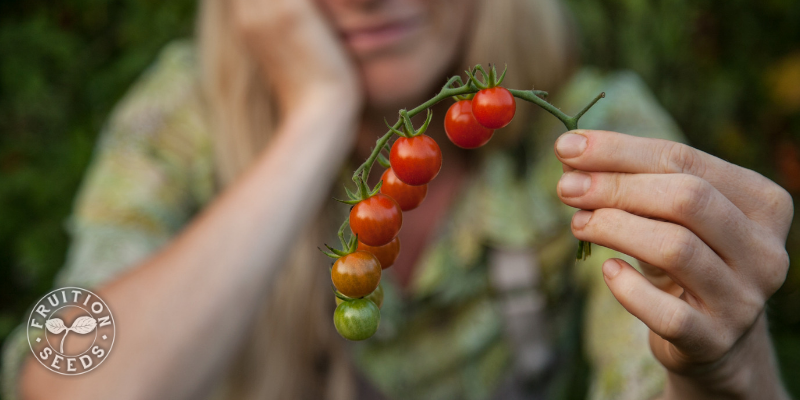
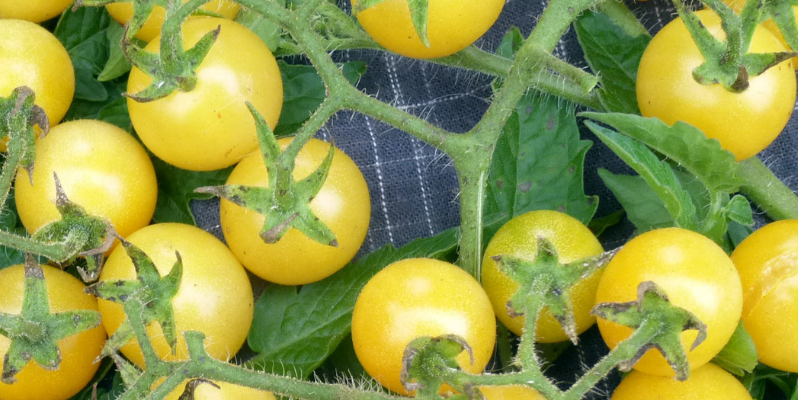
I am delighted that you are offering these two tomato varieties with disease resistance. I am wondering if with Summer Sweetheart you are in the process of, or have plans to finish the breeding job by growing it out through the F2, F3 and on to become both stable and open pollinated and easier to produce seed for and available to all?
thanks Russell,
we are exploring future generations to see if we can maintain the disease resistance and fruit quality. stay tunned!